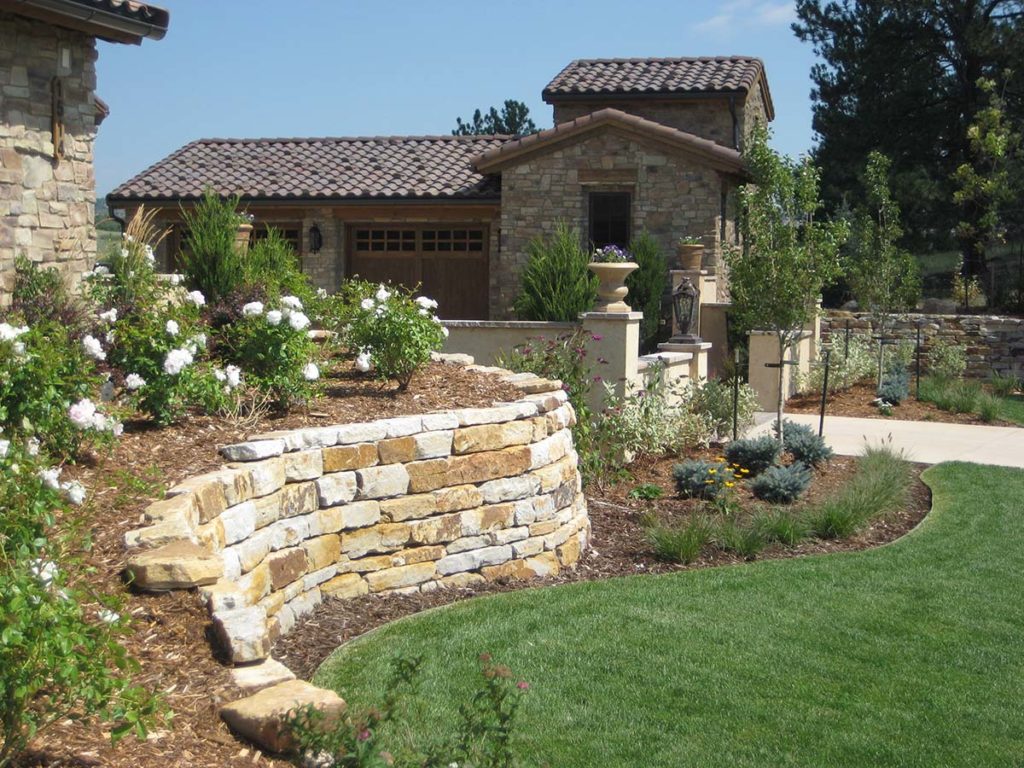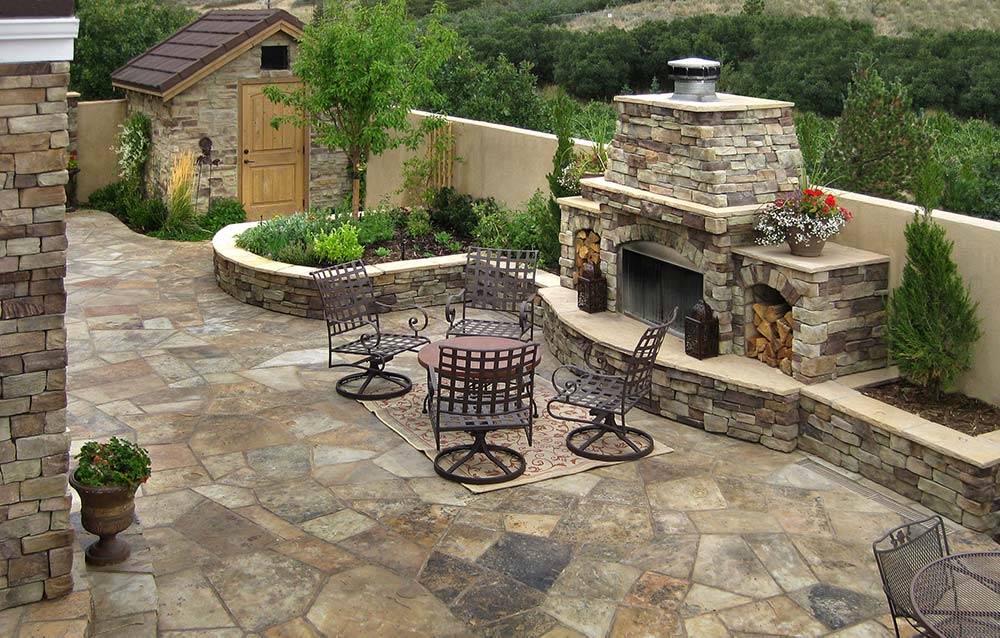It is important to understand how microclimates influence plant selection and placement. This understanding is essential to select plants best suited to your geographic region's climatic conditions. The Rocky Mountain region is home to several climate zones, which can sometimes leave homeowners feeling intimidated.
Selecting plants for your landscape can be overwhelming. Our advice is to start small by observing the environmental patterns and conditions within your own landscape. Let your knowledge evolve as you begin to understand your site conditions. It is important to remember that a plant variety flourishing in your yard may not work for your neighbor.

What is a Microclimate?
When planning a landscape design, what really matters to plant survival is understanding the immediate site conditions or mini-environments. Relative humidity, air temperature, soil moisture, available sunlight, and exposure to wind are essential factors for a plant's well-being, even when that plant is sufficiently cold, hardy, or heat tolerant and adapts to the natural precipitation of a region. Every place in a landscape experiences a combination of environmental variations.
Plant Varieties Thrive in Specific Microclimates
Booming growth in your garden is dependent on your knowledge of each plant's specific needs. Information such as mature height and spread, bloom period, sun and soil preferences, water requirements, pruning, and pest information will help you realize each plant's full potential, along with locating the proper environment for survival.
Discovering the patterns throughout your landscape and the environment around you will provide you with valuable information when determining plant selection.
Take a moment to look out your front window after grabbing your morning cup of coffee, then glance again at lunch and just before dinner. Make a note of the sun's patterns throughout the day. Notice if certain areas in the garden are shaded more than others. Determine when your garden receives the most sunlight. Is it morning or afternoon? Differentiate between hardscape and softscape spaces. Explore the environment of the surrounding area.
Are you on the south-facing slopes of the Rockies or among the Ponderosa Pines in the Black Forest? Uncovering the answers to these questions will help to identify microclimates within your landscape.

The Built Environment and Microclimates
The expansion of our cities and suburban environments plays a significant role in determining microclimates. For instance, residential and commercial buildings create their own patterns of sun and shade. Landscape designers always note the facing direction of a building. Planting beds backed by a south-facing wall will stay warm earlier and longer in the season, therefore extending your growing season.
On the other hand, plant varieties that tend to be killed in midwinter soil warming and daily fluctuations in temperatures will be safer in the shade on the north side of the structure. This allows the plant to stay dormant until spring fully arrives. In semiarid and arid climates, building position can create a sufficiently cooler and more humid microclimate on the north and east. Plants that would typically not survive can continue to grow and mature.
Materials choices can also generate microclimates; concrete, stone, and steel absorb the sun's energy and re-radiate it, raising their immediate environment's temperature. Using these materials can extend the growing seasons of certain plant varieties dependent on their location.

Many factors can contribute to the microclimates existing within your landscape. Our post includes a few conditions to think about when preparing to make design changes.
Accent Landscapes Can Help You Understand How Microclimates Influence Plant Selection on Your Property
When planting a new landscape design, many homeowners start off with a list of their favorite plants. We often find that these varieties are from distant hardiness zones that will not flourish in the Colorado region. Accent Landscapes has over thirty-five years in the Pikes Peak region and is familiar with the many microclimates existing along the Front Range. We would love to help you discover the climate conditions impacting your landscape.